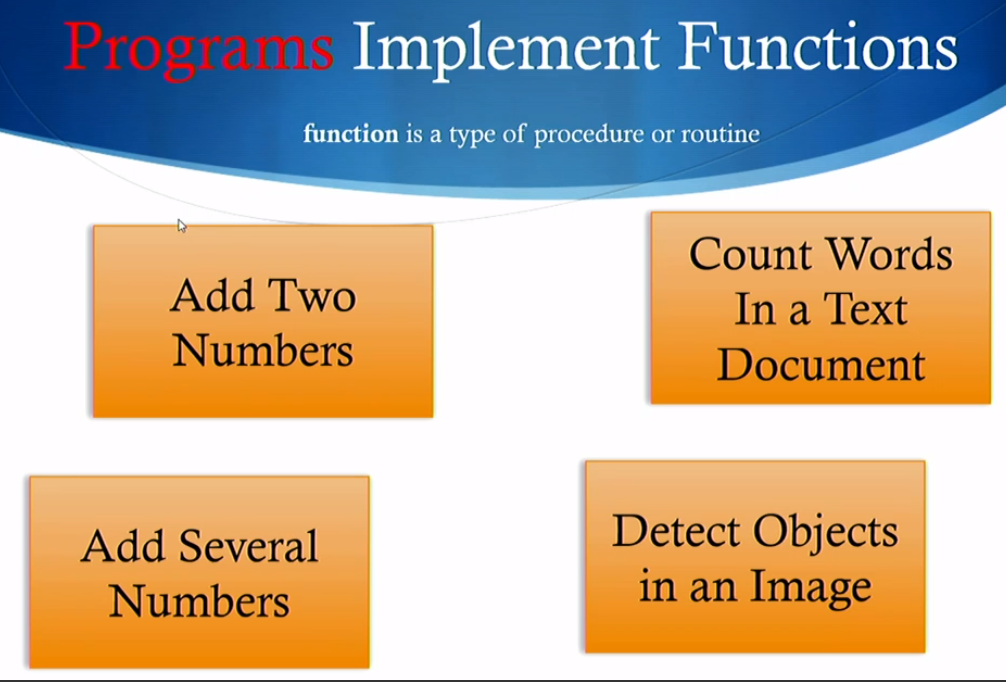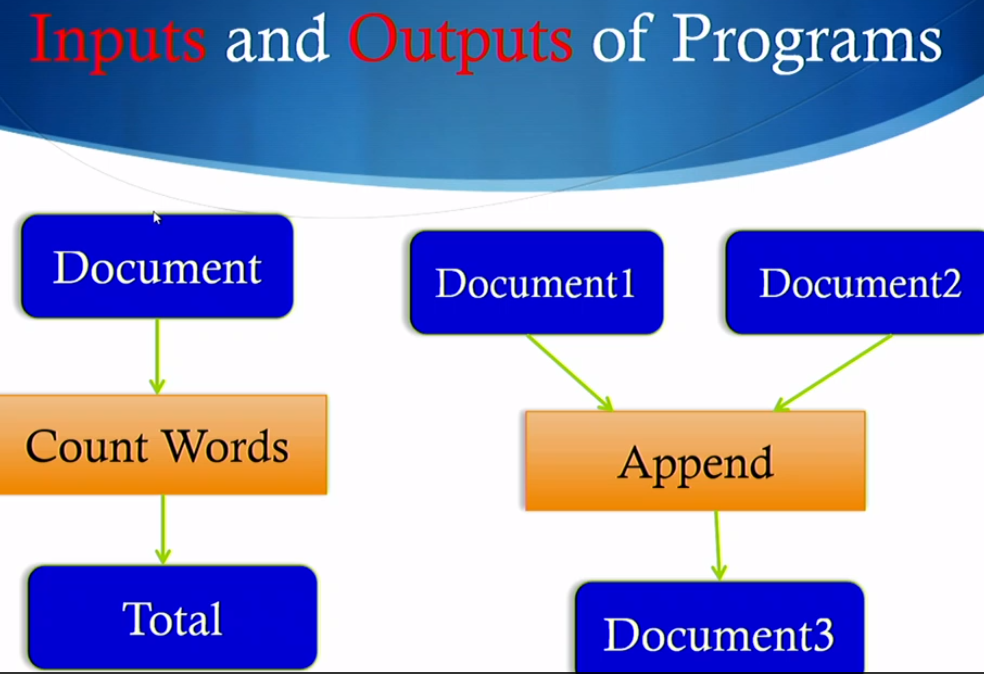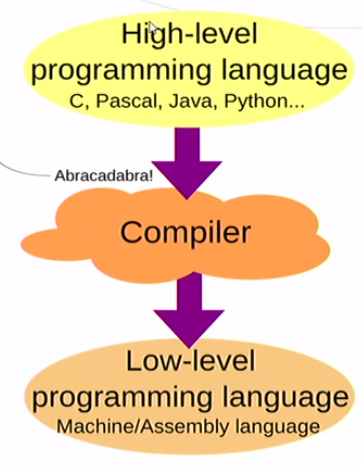Lecture2 Note
Lecture2 Note
Programs Implement Functions
Definition: Function is a type of procedure or routine.
Example of function:

Inputs and Outputs of Programs
Clear what are the inputs of the program and what are the outputs of the program.

Program Parameters
- Parameters are the special inputs, which are the necessary context for the program to run. (But not every program needs prameters)
- Parameters can be chose by youself or set the program to choose a random parameter or optimize the parameter based on some other functions.
E.g., number of clusters in clustering:

Treating Programs as "Black Boxes"
- Don’t have to understand complex programming in order to use software
- This is why we often refer to sofrware as a “black box”
- Only need to understand inputs and outputs and the program’s function
Compilers
Translate Advanced programming language into machine language.

Turing-complete
-
Turing machines – mathematical framework to understand computing machines
- They can be used to study how an algorithm works
-
A programming language is turing-complete if it is possible to implement a turning machine in that languate
- They must include special instructions such as loops, iterations and conditional statements.
-
All programminglanguages are Turing-complete and there they are computationally equivalent
- The differences among them are in the ease of use for implementing specific functions.
Algorithms
An algorithm is as mechanical procedure that describes how to carry out a computation on some data (the logic)
Workflow & Computational Workflows
A Workflow is a Composition of Functions
- Workflow is represented as a graph of connected nodes
- Nodes represent programs and data
- Links represent how data flows from program to program
- Computatinal workflows are compositions of programs
- No user interaction during execution
- No cycles/loops or iterations allowed
Workflow Example:

Repeatability & Reproducibility & Replication
-
Repeatability : the same lab can re-run an analysis and get the same results
- Not so obvious due to new versions of software.
- Can collect new data, which is called In-lab Replication.
-
Reproducibility : another lab can run analysis with the same/original data and get the same results
- Original lab must share their data directly or make it available for download.
-
Replication: another lab can re-run study and get the same results
- Original lab has to document in detail what was done.
- Different lab uses the same methods and new dataset to try to “replicate” the finding.
| OG User | New User | |
|---|---|---|
| OG Data | Repeatability | Reproducibility |
| New Data | In-lab Replication | Replication |


